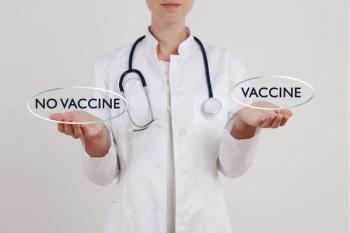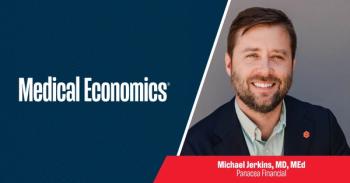
|Articles|December 1, 2020
8 ways doctors can protect themselves from COVID-19
Author(s)Keith A. Reynolds , Logan Lutton
CDC guidelines to keep you and your practice safe from COVID-19 infection.
Advertisement
As the coronavirus makes its way around the world and governments struggle to contain it, doctors are put at risk each time a patient each time they see a patient exhibiting symptoms. The Centers for Disease Control
Newsletter
Stay informed and empowered with Medical Economics enewsletter, delivering expert insights, financial strategies, practice management tips and technology trends — tailored for today’s physicians.
Advertisement
Latest CME
Advertisement
Advertisement
Trending on Medical Economics
1
CDC updates childhood immunization schedule; routine list narrowed to 11 diseases
2
The Rural Health Transformation Program explained: $50B for 50 states over 5 years
3
Physicians turning to AI for clinical support, not just paperwork, athenahealth survey finds
4
AOA president: ABIM policy about internal medicine program directors is unlawful, disruptive
5








